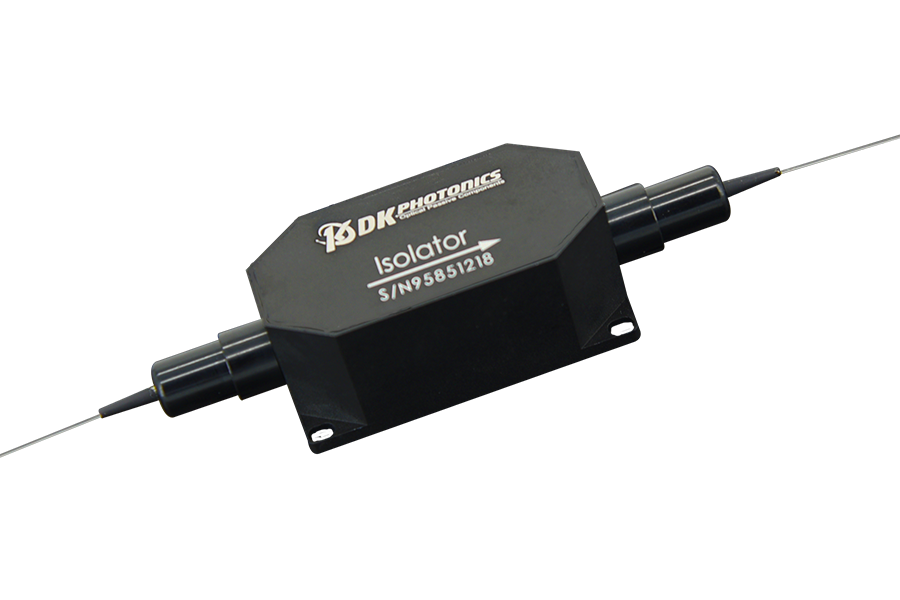From material processing stations to scientific devices, high-tech fiber lasers empower incredible innovations that drive progress. Yet achieving reliable, robust high power laser systems depends greatly on specialized photonic components called optical isolators.
In fiber laser architectures, 1064nm high power isolators serve a crucial internal role—to ensure smooth, stable unidirectional amplification critical for consistent laser performance.
Let’s explore what these isolators do, how they uniquely manipulate light to shield lasers, and why their capabilities prove so indispensable.
What Do Optical Isolators Do?
Isolators act within laser designs to permit light signals to transmit in one direction through fiber while blocking any backward light propagation. This one-way forwarding through the isolator’s core provides two invaluable protections:
- It prevents harmful reflections from destabilizing the laser cavity conditions needed to sustain controlled stimulated emission and amplification.
- It prevents damage to optical components and sensitive laser diode sources by limiting exposure to back reflections and amplified spontaneous emission accumulation (ASE).
In essence, optical isolators regulate light flow to foster optimal internal laser environmental conditions.
How Do High Power 1064nm Isolators Work?
Commercially available 1064nm high power isolators leverage proprietary Faraday rotator glass wrapped in a static control magnet that influences the polarization state of passing light signals.
As light enters and passes through the Faraday rotator, its magnetism rotates the light’s polarization forty-five degrees, similar to how polarized sunglasses function via embedded magnets. An input polarizer set to precisely match this new forty-five degree polarization angle then readily transmits the forward light through the isolator.
But any backward traveling signal experiences another forty-five degree polarization rotation from the magnet/Faraday glass upon trying to pass through from the reverse direction. This makes its polarization perpendicular to the input polarizer angle, blocking reverse travel. This prevents back reflections and ASE from entering the isolator. Further downstream circulator/isolator combinations bolster unidirectional protections.
4 Key Benefits of Using 1064nm High Power Isolators
- Protect Laser System Integrity
The non-reciprocal light flow prevents harmful backward ASE and reflections, preserving laser coherence and power.
- Permit Higher Power Outputs
Effective isolation protects optical components from damage, facilitating higher laser system power scaling into the kilowatt range.
- Enable Stable, Unidirectional Amplification
The isolator allows amplification stages to deliver optimized forward stimulated emission output free of destabilizing interference.
- Ensure Process Repeatability
The protected laser environment prevents power fluctuations and loss of coherence that disrupt consistent material processing, bio-stimulation and measurement consistency.
With abilities to manage high Watts/cm sq. heat loads and superior isolation, 1064nm high power isolators optimize and safeguard fiber laser systems during demanding continuous duty cycles and intense pulse conditions. They are indispensable for enabling high power and ultrafast industrial, medical and scientific lasers.


Leave A Comment